China's Ministry of Industry and Information Technology (MIIT) on Tuesday issued a draft rule requiring photovoltaic (PV) enterprises to reduce excessive photovoltaic manufacturing projects that simply expand production capacity amid efforts to guide the healthy development of the industry.
The move is aimed at strengthening the management of the PV industry, guiding it to accelerate transformation and upgrading, and promoting its high-quality development, according to the MIIT.
The draft rule sets the minimum capital ratio for new and expansion projects in PV manufacturing at 30 percent and encourages enterprises to engage in innovation and reduce operating costs.
According to the draft rule, PV manufacturing companies are encouraged to spend no less than 3 percent of their total sales revenue on research and development and process improvement each year, with a minimum of 10 million yuan ($1.37 million).
Enterprises are also encouraged to obtain qualifications as independent research institutions, technology centers, or high-tech enterprises at the provincial level or above.
PV enterprises should control their size and relocate from designated nature reserves, drinking water source protection zones, farmland, and ecological protection areas specified by law.
It also made clear specific electricity consumption requirements on PV manufacturing projects in order to lower energy consumption.
The move shows that the MIIT is guiding the domestic PV industry toward high-quality capacity and optimizing production capacity structure, experts said.
"Implementing the regulations can foster the healthy development of the PV industry by supporting reputable companies, and accelerating the elimination of outdated enterprises," Lin Boqiang, director of the China Center for Energy Economics Research at Xiamen University, told the Global Times on Tuesday.
The National Energy Administration (NEA) said at a press conference on June 20 that it is stepping up efforts to promote high-quality development in the PV industry.
The administration will prioritize the development of large-scale wind and solar power bases in desert areas, promote the development of distributed PV power generation and improve the grid's ability to accommodate, allocate, and regulate new energy generation, including solar power. It will also regulate the industry to prevent low-end redundant construction and enhance innovation in PV technology.
China's installed capacity of solar power generation in the first five months increased by 52.2 percent year-on-year, according to the NEA.








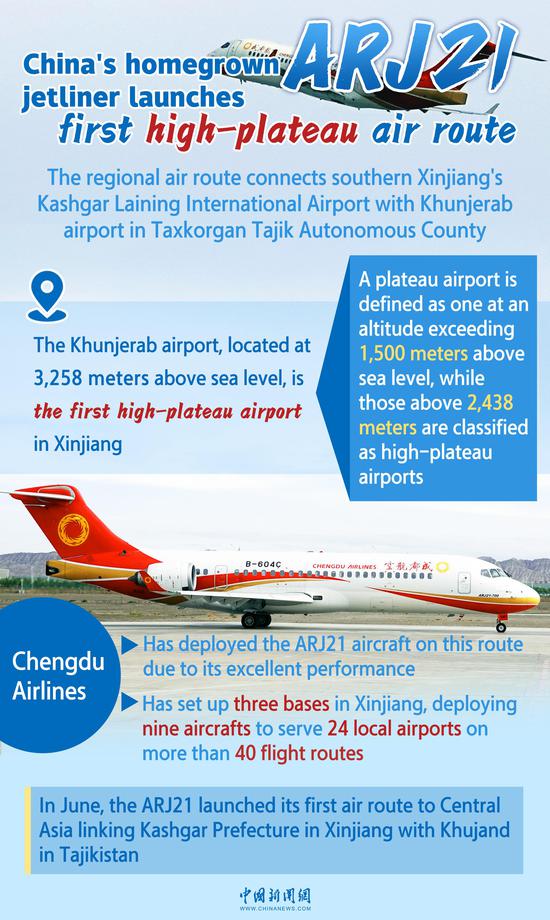






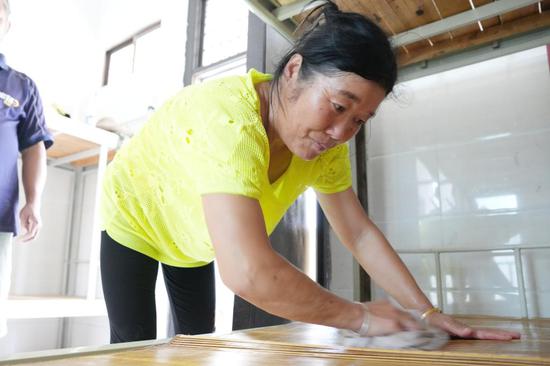













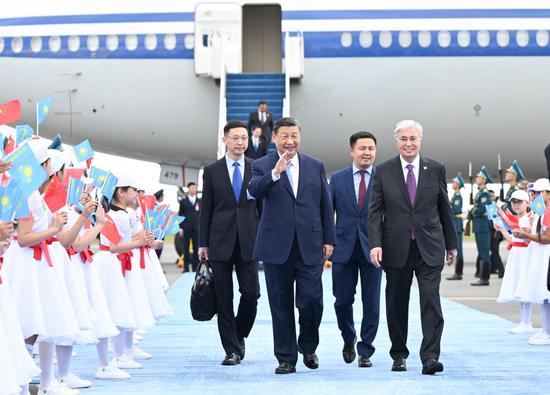




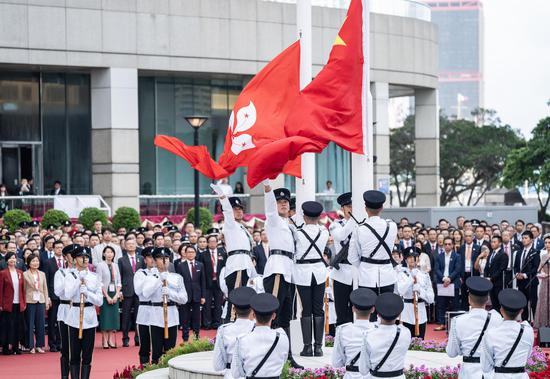






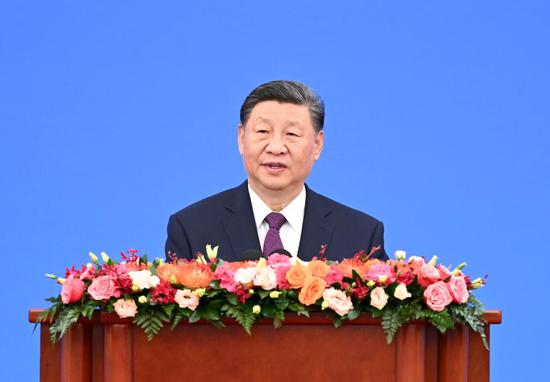

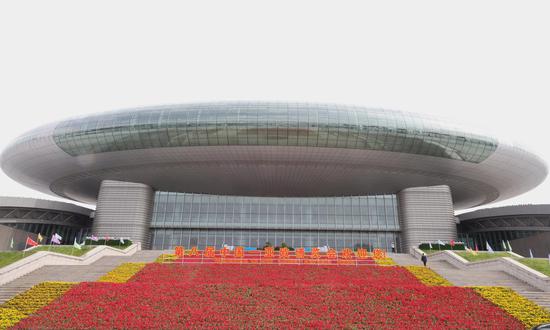
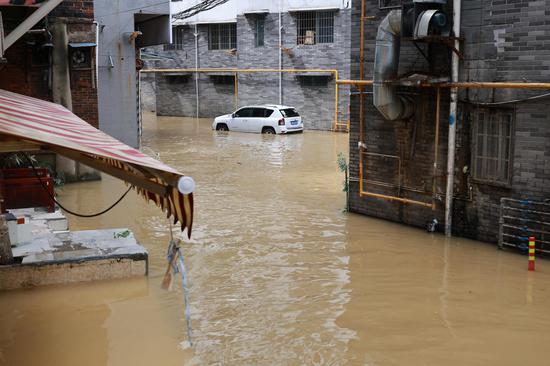



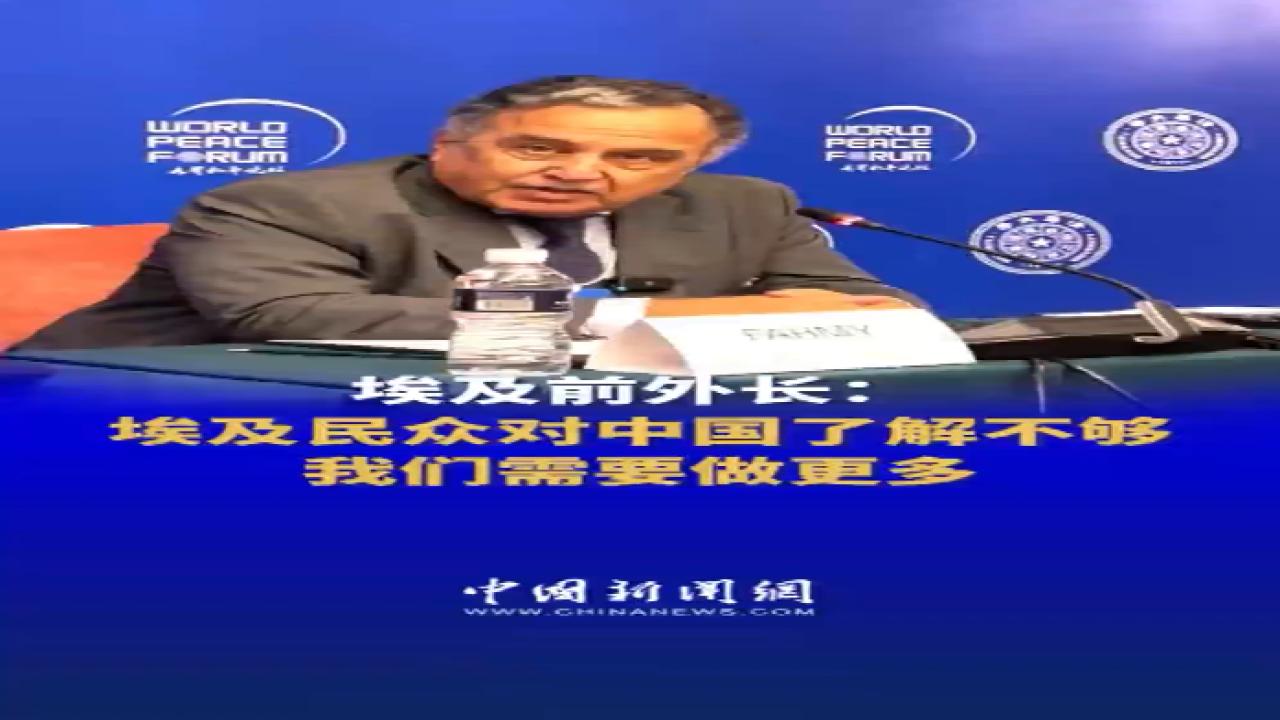

 京公网安备 11010202009201号
京公网安备 11010202009201号